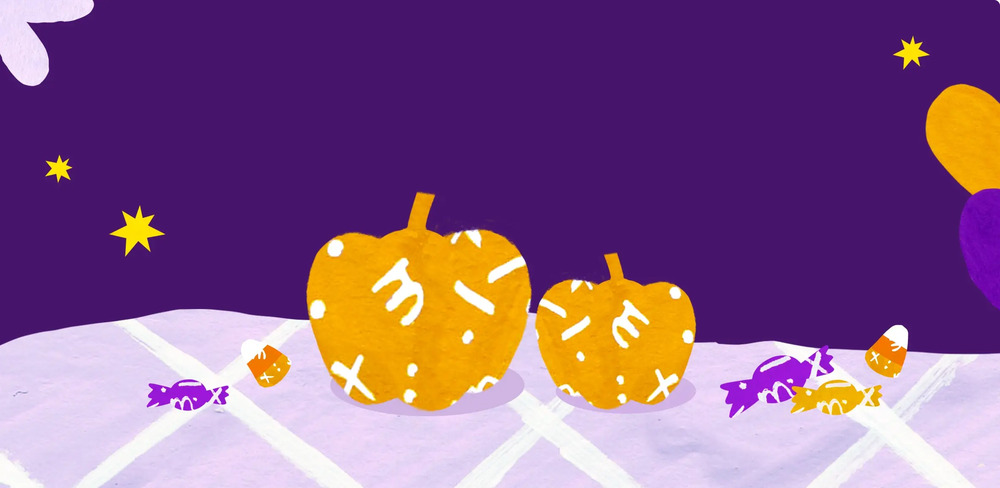Halloween Candies to Keep Away from Pets

Halloween is quickly approaching, and that means it’s time for costumes, spooky decor, and of course, lots of candy.
However, the sweet treats you and your family love can actually be a major trick for your furry friends. Candies — and we’re not just talking about chocolate — can wreak havoc on your pet’s tummy and leave them feeling sick, or in the worst-case scenario, in need of immediate veterinary attention.
This Halloween, we’re here to help pet parents avoid any tricks while still safely enjoying their treats.
Worst Halloween Candies for Pets
Chocolate candy bars often contain the toxic trifecta for pets: theobromine, artificial sweeteners and nuts that are high in fat.
Raisins are a popular healthy alternative to typical Halloween candy but can cause renal failure in dogs. They are also often covered in chocolate, making them doubly dangerous for canines.
Sugar-free candy (like hard candy) may sound harmless, but it often contains xylitol which can have fatal consequences for dogs even in small doses. Warning: Bubble gum also typically contains xylitol.
Candy corn, jolly ranchers, skittles and other sugary candy should also be avoided. Though it’s not a health threat in a small quantity, the amount of sugar can still leave your pet not feeling his or her best.
Remember, wrappers and lollipop sticks can also be harmful to your pet and cause a blockage. It’s best to ensure your furry family member doesn’t consume any Halloween candy this holiday, but if they do, there are some steps you should take to help them.
What To Do If Your Pet Eats Candy
You walk into the kitchen and see the telltale signs that your pet has gotten up to some mischief. Maybe your children accidentally left out some of their Halloween haul or perhaps your furry friend has sniffed out the hiding spot for your peanut butter cups (a favorite among humans and pups). No matter the case, if you realize your pet has consumed Halloween candy, the first thing you should try to do is determine how much or call the Pet Poison Helpline (855-213-6680) for advice.
Most candy (like skittles, candy corn, etc.) is not usually harmful when consumed in quantities under 10 grams. However, chocolates are a little more tricky. The toxicity of chocolate ultimately depends on the type (dark chocolate is more toxic than milk chocolate) and your pet’s weight. If your pet has consumed more than 10 grams of any candy or any amount of raisins or sweets that contain xylitol, it’s best to check in with an emergency veterinarian as soon as possible.
If you’re unsure how much candy your pet ate, it’s important to monitor them for some of the common signs of pain. Signs of chocolate poisoning, which is often the most dangerous, can appear within six to 12 hours and include:
- Vomiting
- Diarrhea
- Tremors
- Elevated heart rate
- Seizures
- Restlessness
- Increased urination
Looking for these signs of distress in your pet after they may have had candy can help you ensure they receive the proper care and pet medication they need as soon as possible to recover.
Mixlab: Empowering Quality Pet Care Year Round
At Mixlab, we understand that your furry friend’s health is a priority year-round. That’s why we created a dedicated pet pharmacy that even humans are jealous of. Now, you can have the medications your pet needs delivered to your door the next day (or the same day in NYC and LA).
We always work alongside pet parents and veterinarians to find the best solution for your pet, down to the dosage, flavor and form of the medication they require. Get in touch with the team today to learn more about Mixlab.


